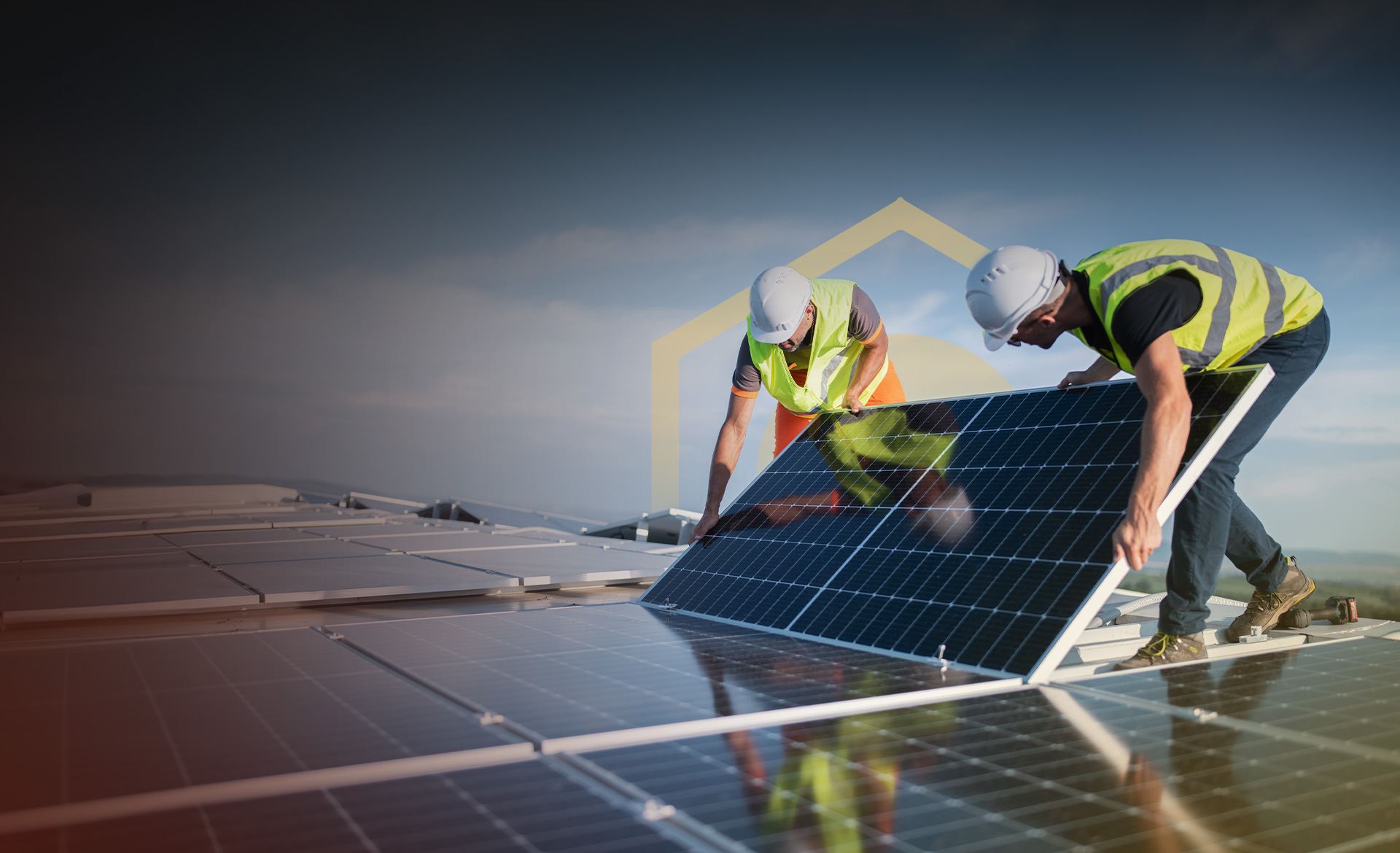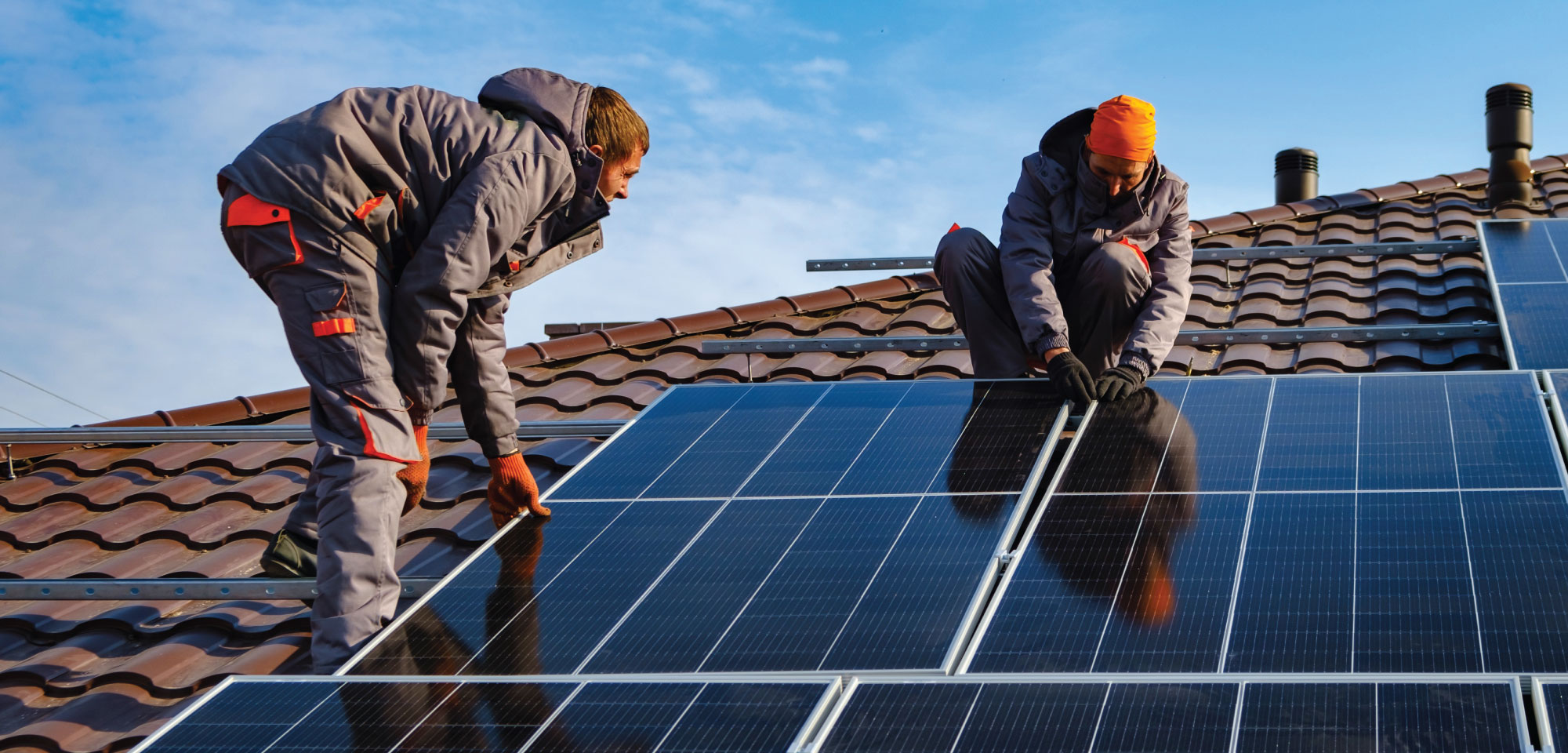Solar Energy Systems Virginia: Lumina Solar Concentrates On Offering Advanced Photovoltaic Solutions For Residences And Organizations
History and Founding
Have you ever questioned how a photovoltaic panel company springs from a mere spark of inspiration into a powerhouse of renewable resource? It often starts with a vision-- one fueled by a blend of development, decision, and a pinch of serendipity. The journey of numerous solar business mirrors the advancement of the innovation itself: from large, ineffective panels to sleek, high-efficiency marvels harnessing the sun's bounty.
The Early Days
In the late 20th century, when solar power was still a specific niche idea, pioneers planted seeds for what would become a worldwide movement. Imagine a small workshop filled with curious engineers, tirelessly explore solar batteries. Their passion was palpable, typically driven by a desire to fight environment change and lower dependence on fossil fuels.
One such anecdote is about a founder who, influenced by a camping journey, recognized that even in remote areas, the sun could power essential devices. This easy observation stimulated a company's objective to equalize access to tidy energy.
Establishing Concepts

- Development: Continuously pushing the borders of solar technology to improve efficiency and sturdiness.
- Sustainability: Committing to environment-friendly production and reducing carbon footprints.
- Accessibility: Making sustainable energy services economical and useful for everyday users.
Milestones in Growth
| Year | Secret Event |
|---|---|
| 1985 | Company founded in a small garage, concentrating on research and development. |
| 1995 | Industrial solar panel item introduced, getting regional attention. |
| 2005 | Expanded to global markets, welcoming worldwide sustainable energy goals. |
| 2015 | Introduced innovative photovoltaic panel technology with improved energy conversion. |
Isn't it fascinating how these incremental actions, typically ignored, form the energy landscape today? The photovoltaic panel company story is not practically innovation; it's about a relentless mission for a brighter, cleaner future.

Developments in Photovoltaic Panel Technologies
Ever observed how some photovoltaic panels gleam brighter and last longer? It's not magic; it's the science of photovoltaic efficiency. Modern solar panel business invest heavily in innovations like bifacial cells, which record sunlight from both sides, enhancing energy harvest without broadening roofing area. Have you ever wondered why some panels perform better on cloudy days? That is because of advances in thin-film solar technology, which flourishes under diffused light conditions.
Product Variations Tailored to Unique Requirements
One size never fits all. Photovoltaic panel providers now use:
- Monocrystalline panels for maximum performance and smooth visual appeals, ideal for space-constrained rooftops.
- Polycrystalline panels, which provide a cost-effective option without compromising excessive output.
- Building-integrated photovoltaics (BIPV), combining solar tech perfectly into architectural elements like windows and facades.
Choosing the right item isn't practically in advance expense; it has to do with matching your environment, energy goals, and long-lasting cost savings. For example, homes shaded by trees require panels that master low-light situations, something many neglect up until energy expenses climb all of a sudden.
Technical Tips for Ideal Choice
- Examine the temperature level coefficient-- lower worths imply panels lose less effectiveness on hot days.
- Search for panels with boosted anti-reflective finishes to optimize light absorption.
- Consider the panel's service warranty not simply for problems, however for guaranteed power output over years.
- Don't underestimate the importance of the inverter innovation paired with the panels; it can make or break your system's performance.
Beyond Panels: Emerging Trends
Imagine photovoltaic panels that adjust their angle immediately to go after the sun-- tracking systems are ending up being more available, increasing yield significantly. Or solar tiles that blend invisibly into your roofline, changing your home into a quiet, self-sufficient power generator. These developments are improving what a photovoltaic panel company offers-- not just products, but incorporated energy services.
Market Existence and Global Operations
Ever wonder why some solar panel companies seem to grow up in every corner of the world while others barely make a ripple? The distinction lies not just in innovation but in mastering the art of navigating varied markets. Expanding internationally is like planting seeds in different environments-- you need to comprehend each environment's special conditions to prosper.
Take, for example, the elaborate dance of logistics and supply chain management. Delivering panels midway throughout the world isn't almost range; it has to do with timing, customs, tariffs, and adjusting to regional demand changes. A company with robust international operations prepares for these variables, guaranteeing panels get here on schedule without pumping up costs. This insight is no small feat and typically separates industry leaders from fans.
Secret Strategies for Expanding Market Existence
- Localized production: Establishing production hubs near target audience decreases shipping delays and import intricacies.
- Strategic partnerships: Collaborating with local companies speeds up market penetration and builds trust.
- Adaptive item design: Customizing photovoltaic panel tech to weather, sun strength, and infrastructure subtleties boosts performance and acceptance.
What about the human factor? Solar panel business operating worldwide should reconcile cultural distinctions and regulative nuances without losing sight of their core mission. What works in a sun-drenched desert may falter in a humid coastal region. In some cases, the most innovative solution is simply listening-- taking in regional insights to refine innovation and method.
Professionals often encourage a phased rollout rather than a shotgun growth. Why run the risk of overextension when measured growth constructs sustainable momentum? Scaling carefully implies balancing aspiration with operational durability - Solar Panel Company Virginia. After all, in the race for sustainable energy supremacy, persistence can be as important as speed
Ecological Impact and Sustainability Practices
When solar panels initially emerged, many assumed they brought absolutely no environmental baggage. The truth is more nuanced. The production of solar batteries involves uncommon earth metals and energy-intensive processes, which can leave a substantial carbon footprint before the panels even reach rooftops. Yet, the true ecological expense depends heavily on the sustainability practices employed by the photovoltaic panel company throughout the lifecycle of their items.
How often do we pause more info to consider what happens to photovoltaic panels at the end of their helpful life? Unlike batteries or electronics, solar panels can last 25-30 years, but disposal and recycling pathways remain underdeveloped in many areas. A company committed to minimizing environmental damage will have a robust prepare for recycling photovoltaic materials, restoring important silicon, glass, and metals to avoid land fill build-up.
Secret Sustainability Strategies
- Utilizing low-impact manufacturing techniques that minimize water and energy intake.
- Implementing closed-loop systems to recycle production waste back into new panels.
- Taking part in transparent supply chain audits to ensure ethical sourcing of raw materials.
- Creating panels for much easier disassembly to assist future recycling efforts.
It deserves keeping in mind that some solar companies have originated ingenious methods, such as incorporating biodegradable parts or using less harmful chemicals throughout fabrication. This not just lowers environmental stress but likewise sets a precedent for the industry. The question remains: can the solar industry truly pivot towards a circular economy model without compromising effectiveness or cost?
Expert Tips for Examining Sustainability
- Inquire about the business's commitment to carbon-neutral production and whether they balance out emissions.
- Examine if they partner with licensed recycling centers committed to photovoltaic panel waste.
- Try to find transparency reports detailing environmental impacts and sustainability objectives.
- Think about the durability and guarantee of panels as an indirect procedure of resource efficiency.
In the end, opting for solar power should indicate more than simply slashing electricity expenses; it's about nurturing a future where energy is harvested properly and waste is thoughtfully handled. Photovoltaic panel companies that embrace this approach not just illuminate homes but likewise cast a brighter light on sustainable development.